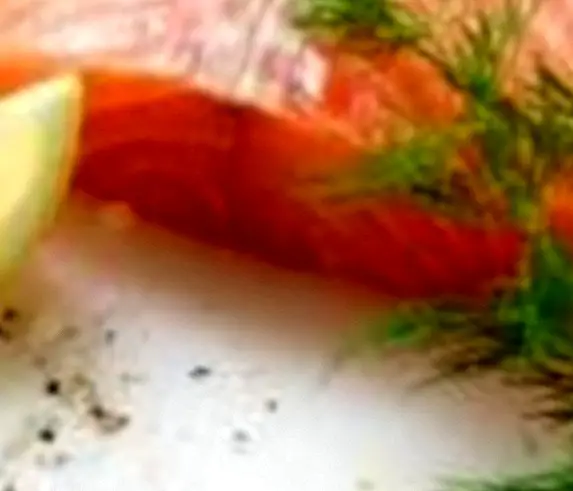How to rehydrate seaweed for use in the kitchen
Japanese food does not stop winning millions of followers around the world. It is a very healthy and healthy gastronomy thanks to the fact that its diet is based on natural and fat-free products that are prepared without any type of oil or precooked sauce.
All this without mentioning that rice is one of the basic pillars of Japanese cuisine, a very affordable and simple cooking food that floods every home in the country of the rising sun.
Also, algae (specifically the Japanese seaweed) have also become one of foods that one can not miss if you consider yourself an unconditional fan of Asian food. In the first place, because they offer a series of advantages for our health that we should not overlook. Between them, It is worth mentioning its low caloric index and its high content in vitamins and minerals such as phosphorus and calcium, very present for example in the algae wakame
Once this is known, I am sure that many of you have entered some irremediable desire to take algae. However, as with any dish, you have to know how to cook them thoroughly so that the result is always satisfactory. Especially if we have a visit shortly and we want surprise with a dish as exotic as original.
For this reason, through the following lines we are going to tell you how to dehydrate the algae so that you can take them in a simple garnish or salad. Are you ready? If so, we ask you to pay close attention to the following lines.

How can we prepare hydrated seaweed?
First of all, we must bear in mind, that when it comes to dehydrating the algae, they are will increase their size considerably, an aspect to take into account when placing them. From there, we will have to do the following:
- We take an amount of 10 grams for approximately six or eight people.
- We introduce them into a bowl of warm water.
- We hope that ten minutes pass, so that they are completely hydrated.
Once done, we will have our seaweed prepared to cook them at our pleasure. The process will vary a bit depending on the type we use. In one way or another, the result It will always be the most delicious. Do you want to know some ideas? Well here we leave you some:
Algae Arame
This algae is characterized by being a inexhaustible source of iodine, magnesium, iron and vitamin A. It is usually served in Thin and long strips and are characterized by having a reddish and dark green tone. Likewise, they have a pronounced flavor, so they are perfect to accompany it in any salad or sautéed rice.
Kombu seaweed
The laminaria japonica it is grown in large quantities both in Japan as in the whole region of Korea. They are usually found in specialized supermarkets and are characterized by being wide, thick and by their high content of glutamic acid. They are usually used especially in broths, soups and sautéed vegetables.
Nori seaweed
One of the most relevant algae in Japanese cuisine. They are very rich in iron, fiber and vitamin A. They are usually used mainly as packaging for rice balls or the most popular sushi. Although you can also sprinkle in any dish to give them a touch and flavor of the most characteristic.


